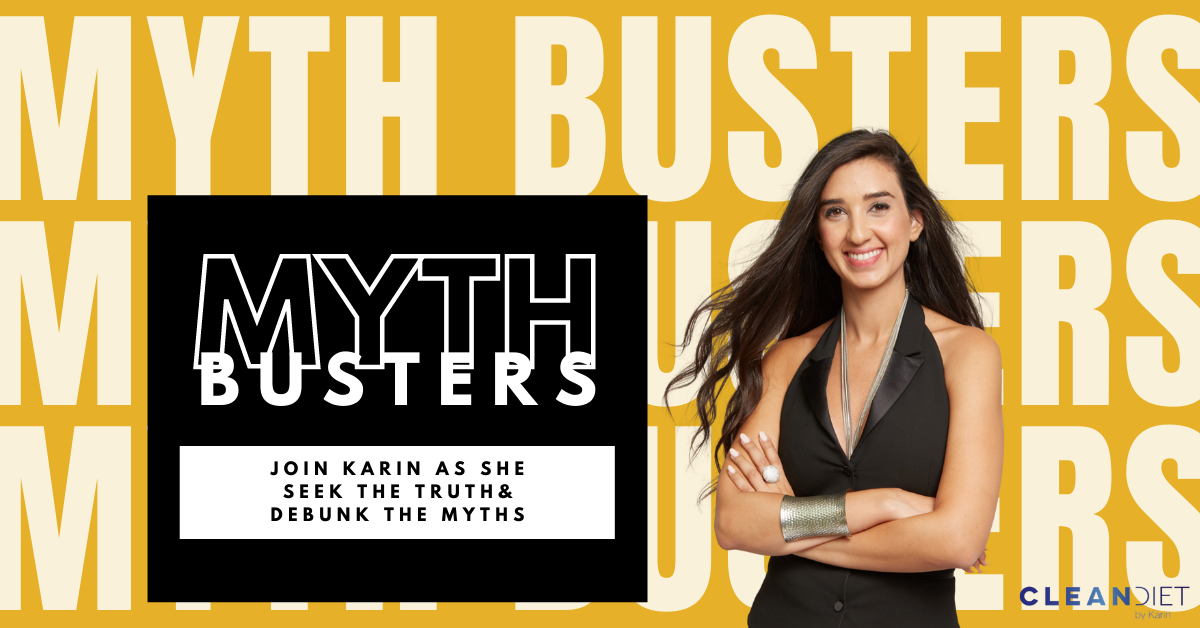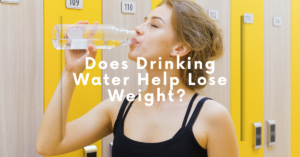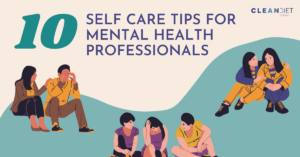With COVID-19 on our minds, people were sheltered for months, and that we may forget the looming danger of the sun. One misconception is that that if it’s not sunny, then we can skip the use of sunscreen; after all, you can’t feel the heat; while other people believes that you simply must wear sunscreen even inside your home, especially when facing computers and gadgets as those emits UV rays.
So the question is, who amongst the two is correct?
Before we bust some myths, let’s mention some facts — Did you know that.
- People can still get sunburnt even when it’s cloudy and gray outside. This is true because it’s not the sun that causes sunburnt but the UV index that puts you in danger of burning, which exists whether it’s bright and sunny or cloudy.
- It only takes a good 15-minutes of UV exposure to break your skin.
- 3.5 million people within the US are diagnosed with carcinoma every year.
- Basal cell cancer and epithelial cell cancer, which together form up to 95 percent of skin cancers, these diseases are caused by cumulative, long-term exposure to the sun’s ultraviolet (UV) rays.
- There are two kinds of UV rays – UVA and UVB.
- UVA rays are soft and light and are generally linked to the aging of skin cells, wrinkles, sunspots, and signs of sun damage.
- On the opposite hand, UVB rays are more impregnable and might directly damage the DNA in skin cells. UVB rays are the principal reason behind sunburns and are linked to most skin cancers.
With the increase of global warming, the heat and UV index has risen quite ever. Thus, we’d like to be more aware of protecting our skin. Else, it may leave us with permanent damage.
Now, let’s go busting some myths —
Myth 1: The Higher the SPFs, the stronger the protection
Do you know that the difference between a sunscreen with an SPF (sun protection factor) 100 vs. an SPF 30 is only a mere addition of 2-3 percent protection? Don’t get fooled with products that promote 100% protection, as no sunscreen can fully block the rays. Based on research, the SPF also does not impact the length of time your sunscreen can protect you – both high and low SPF sunscreen can only protect you for typically 2 hours or less.
Myth 2: Any clothing will block the sun’s rays.
Let’s be honest – due to the advancement of technology and how people are aware of the harmful rays, and most fabric provides high-tech protection, which makes them a decent summer attire – just look for UPF designation on labels. Nevertheless, colors do have some effect – Darker and brighter colors can absorb more UV rays than those with white and pastel shades. Also, the heavier the fabric, and harder it is for the rays to penetrate. A white and wet T-shirt is the weakest in protecting your skin. So the next time you’ll go outside and play – you know what to wear!
Myth 3: Wearing sunscreen causes calciferol (Vitamin D) deficiency.
Vitamin D is an important nutrient, and surprisingly, our body has the capability to create one through exposure to UV rays. Due to this
argument, a myth was born. If Sunscreen blocks UV Rays and the body needs UV rays to create Vitamin D – does that mean wearing sunscreen can cause Vitamin D deficiency? The answer is no, whether or not you apply sunscreen well, your body can still receive two to three percent of the sun’s UVB, and your body only needs a bit of UVB to provide sufficient Vitamin D for the body. Experts say that the body needs only 15-30 mins exposure to create the right amount.
Myth 4: I don’t need sunscreen – My makeup has it.
Using a foundation with a minimum of an SPF 30 on your face will give some sun protection, but it doesn’t work yet as traditional sunscreen. Since you simply apply a lightweight layer on your face and its consistency is thin, makeup with SPF won’t protect you all day within the sun. You’re also unlikely to use foundation to your ears, throat, back of the neck, or other sun-prone areas. So whether or not your makeup has an SPF, make certain to use a conventional sunscreen likewise.
Myth 5: I can do go out anytime!
I advise you to avoid going out when the sun is at its peak – usually, it’s from 10 AM to 4 PM. During this time, the sun emits more UV rays than the other times of the day, like late afternoon or early morning. But don’t get me wrong, you’ll still get burned within the morning and early evening hours. If you really need to go out, then you can wear a darker shade of protective clothing and stay in a place where there is shade, and don’t forget, USE SUNBLOCK!
Myth 6: I’m dark toned skin, so I do not need sunscreen
It’s true that dark-colored skin won’t burn as easily as light-colored skin, but the sun can still result in skin damage and burns with excessive exposure. The American Academy of Dermatology recommends that everybody wear sunscreen irrespective of skin tone because “anyone can get carcinoma, no matter age, gender or race.”
Myth 7: Sunlight doesn’t penetrate through cars and windows.
Humans are getting smarter, and now some buildings, cars, and glasses can block UVB rays; however, for UVA, they are not. If you remember, UVA is the ones that cause wrinkles, sun damage, sunspots, and the likes.
Myth 8: I usually stay indoors, so I don’t have to use Sunblock
According to the American Cancer Society (ACS), the glass typically found in cars, homes, and office windows is meant to protect you from most UVB rays, but it doesn’t offer protection from all UVA rays. So whether or not you’re indoors, if you’re near a window, you continue to run the chance of exposure to UVA rays and possible skin damage.
Myth 9: I need to only apply Sunblock once a day
Have you seen a block of ice that does not melt under the sun? None right! A lot of misconceptions fall under the duration of sunblock’s efficacy. In reality, the longer you stay under the sun, the faster its efficacy drops. Typically, Sunblock can only last for a good 2-3 hours, and then we need to reapply.
Myth 10: Sunscreen is waterproof
Sunscreen labeled as water-resistant or sweat-resistant, or marketed as sunscreen for sports, may appear to be waterproof. Unfortunately, this can be an overstatement of what sunscreen can do.
No sunscreen products are often one hundred pc waterproof. People should always reapply water-resistant sunscreens after water exposure. Allow sunscreen to choose the skin for a minimum of 10 to fifteen minutes before entering into the water.
So what do I need to look out for in the search for a great sunscreen?
Look for broad-spectrum SPF 15-50. Sunscreens labeled as “broad spectrum” have ingredients that protect you from both UVA and UVB rays.
Look for water-resistant products: Sunscreens can’t claim to be waterproof but are often labeled as water-resistant for either 40 or 80 minutes. It’s best to reapply after swimming or sweating, no matter the time since your last application.
Look for mineral-based sunscreens: These contain oxide and/or titanium oxide as active ingredients. Mineral-based sunscreens are less likely to irritate sensitive skin moreover.
Avoid products with oxybenzone and retinyl palmitate.
Avoid spray and loose powder sunscreens: they’ll cause health concerns if inhaled and also make it difficult to work out whether your skin is satisfactorily covered. Stick with lotion or cream sunscreens instead.
Avoid super-high SPFs: SPFs over 50 may offer false reassurance that you just can stay within the sun longer than is safe. A number of these high-SPF products protect against UVB radiation, which causes burns, but not UVA.
Experts agree that sunscreen should be just one part of your summer defense strategy. You furthermore might plan outdoor activities for early morning or late afternoon, stay within the shade during peak daylight hours, and wear lightweight long-sleeve clothing, pants, a hat, and sunglasses with UV light protection.
To be safe, apply sunscreen each day, whether you intend to be outdoors or not. Your skin will appreciate you as you go along.






